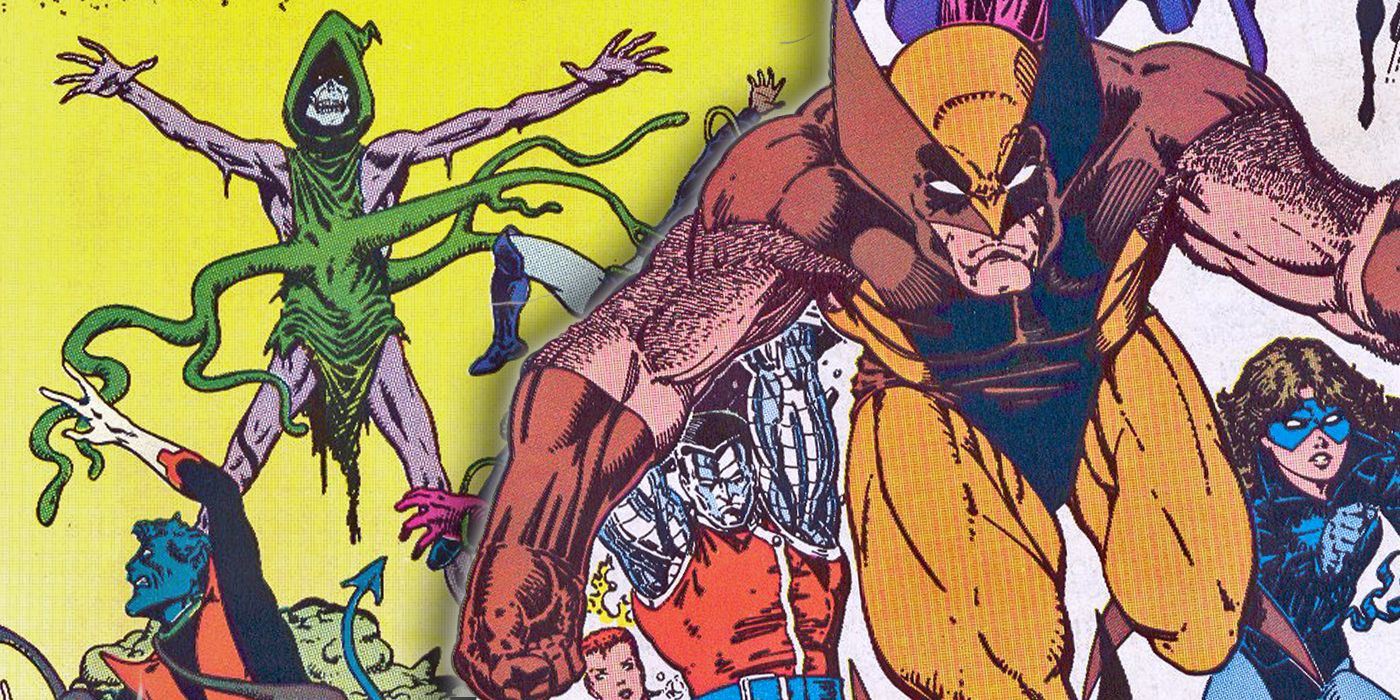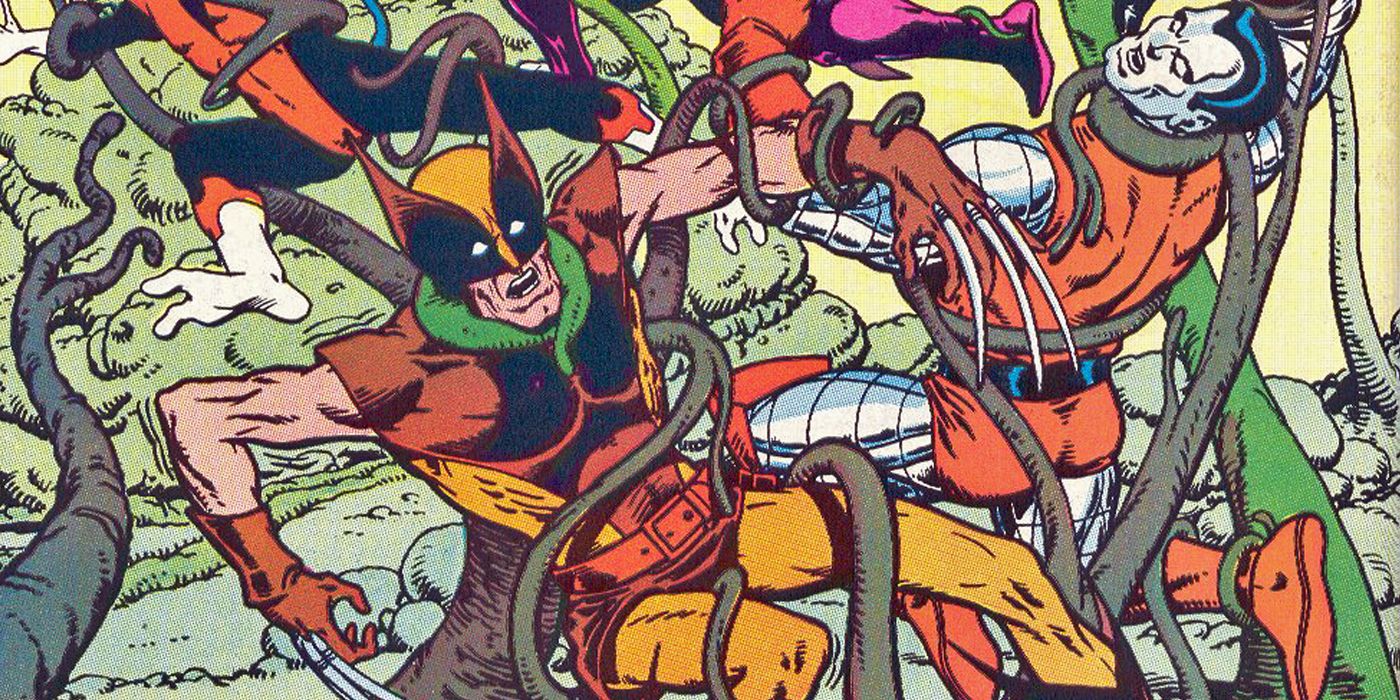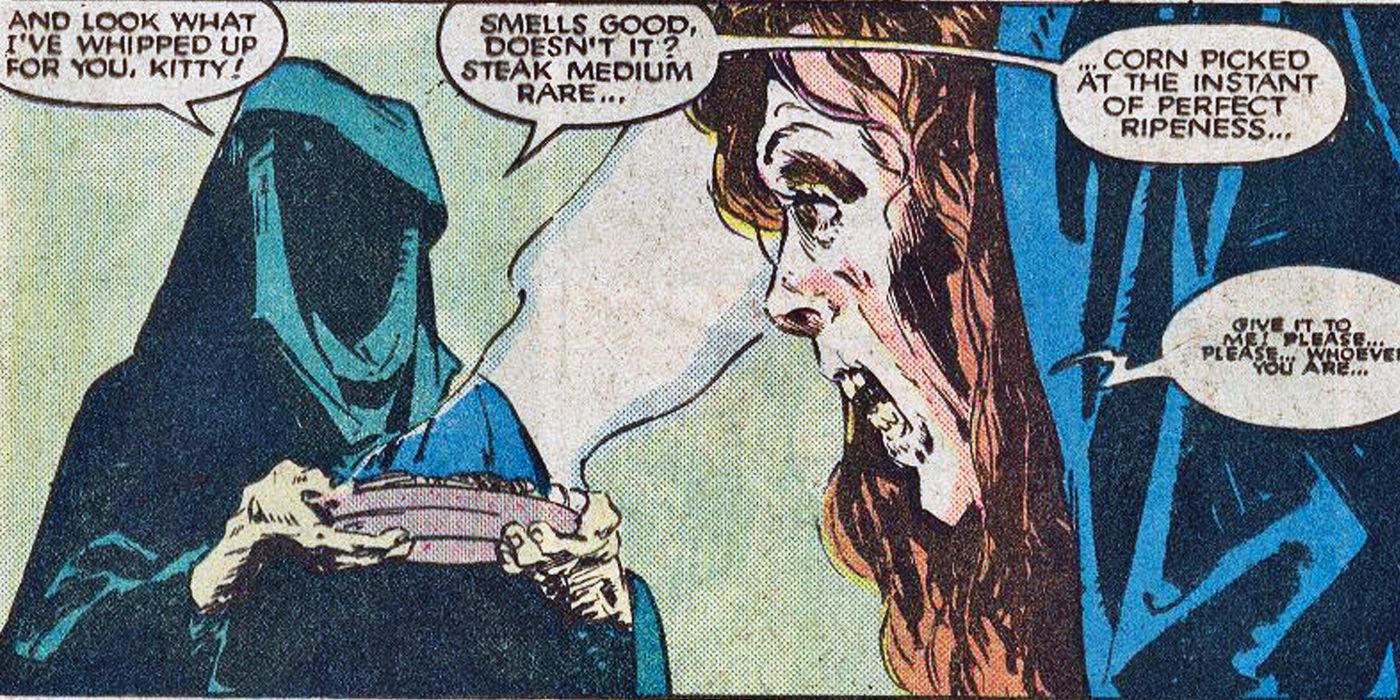Stephen King has never been a total stranger to comic books. Throughout his career, the iconic writer has dabbled in comics with work in series like American Vampire and the graphic novel and film Creepshow, which homages horror comics like Tales from the Crypt. Marvel published dozens of comics based on King's The Dark Tower and The Stand, and the writer himself penned an essay about his love of the Caped Crusader in Batman #400.
However, King's only mainstream superhero comic book writing was in a 1985 charity special called Heroes for Hope Starring the X-Men. Even though he only scripted a three-page sequence in the issue, King and Bernie Wrightson put together a truly terrifying introduction for Hungry, a villain from X-Men history who's largely been forgotten.
After Ethiopia was ravaged by famine in the early 1980s, many of that era's biggest musicians came together for charity benefits like the Live Aid concerts and to release collaborative songs like "We Are the World." Heroes for Hope brought that idea into the world comics with an all-star assortment of creators and that era's most popular heroes, the X-Men that benefited the American Friends Service Committee.
With a story developed by Chris Claremont, Ann Nocenti, Bernie Wrightson, Jim Starlin and Jim Shooter, the X-Men comic featured short sequences by everyone from Stan Lee and Alan Moore to Frank Miller and George R.R. Martin.
The story begins with each of the X-Men experiencing intense psychic illusions that play on their immediate surroundings or worst sub-conscious fears. In King and Wrightson's short sequence, Kitty Pryde imagines going through stages of starvation when goes to grab lunch from the X-Mansion's refrigerator. As she seemingly begins to wither away, a mysterious hooded figure appears and offers her a perfectly cooked steak and corn that turns rotten when Kitty touches it. As Kitty becomes more and more skeletal, the creator of the illusion introduces himself as Hungry before disappearing.
While the X-Men have dealt with plenty of psychic and hunger-inducing villains like Famine before, King and Wrightson bring out the horror of Hungry in this moment with macabre descriptions of the maggot-ridden food and the sunken, haunted features of an emaciated Kitty Pryde. This scene sets a grim, nightmarish tone that permeates through the rest of the issue, especially in a hallucination sequence by Alan Moore and Richard Corben where Magneto is attacked by zombies of the humans he'd kill in his conquest for mutant supremacy.
As the issue goes on to reveal, Hungry is an ancient mutant or mystical entity who feeds on negative emotions. Super-charged by the despair of the famine, Hungry took the form of a giant reptile monster before possessing Rogue and twisting the mutant's body into a grotesque form. Ultimately, Storm rallied the X-Men, and Rachel Summers used her Phoenix-charged telepathic powers to free Rogue and send Hungry away.
Despite the obligatory superhero action, the issue never loses sight of the humanitarian message at its core. Both before and after their final battle with Hungry, the X-Men help deliver aid to the starving people. Although the X-Men are shaken by the scale of suffering they encounter, the story ends with them talking about the value of hope in the face of despair.
Even though King's contribution to the issue is a limited part of a much larger whole, the comic still captures the tense uneasiness that permeates through so many of his horror stories. Hungry is never truly vanquished in the issue; he's only driven away. Kitty Pryde even explicitly states that she still feels his presence out there in the either, waiting to take shape when despair strikes again.
Despite the implied potential of his return, Hungry has only appeared in handbook-style text entries that summarize the events of Heroes for Hope. While King didn't create Hungry, he and Wrightson made the villain viscerally scary in a way that few comic book villains are. And since Hungry is essentially the embodiment of despair, he may very well be the only X-Men villain that can never be completely defeated.



